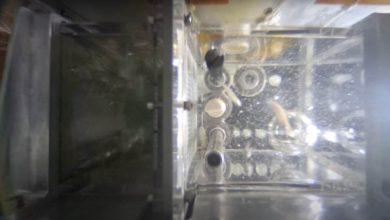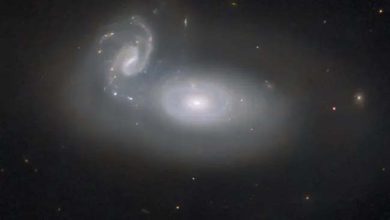‘Sub-Earth’ exoplanet discovered around our nearest single star

Science: Astronomers have discovered a planet orbiting the solar system’s closest single star, called Barnard’s Star. The newly discovered exoplanet has a mass about half that of Venus, classifying it as a “sub-Earth.” The exoplanet, called Barnard b, takes a little more than three Earth days to orbit its red dwarf parent star, which is located about six light-years away. That’s because Barnard b is about 1.8 million miles from Barnard’s Star. Although that may seem like a huge distance, it’s only about 5% of the distance between the sun and its closest planet, Mercury.
“Bernard b is one of the lowest-mass known exoplanets and one of the few known planets with a mass less than Earth,” team leader Joanne Gonzalez Hernandez, of the Instituto de Astrofisica de Canarias in Spain, said in a statement. “But this planet is very close to the host star, even closer than the habitable zone.” “Even though the star is about 2,500 degrees cooler than our sun, it is too hot to maintain liquid water on the surface.” Gonzalez Hernandez and his colleagues discovered Bernard b using the Very Large Telescope (VLT), an array of four telescopes located on the Cerro Paranal mountain in the Atacama Desert of northern Chile.
The exoplanet revealed itself through the tiny “wobble” it causes in the motion of its red dwarf star as it orbits that star, tugging on it by gravity. The detection was made possible thanks to a VLT instrument called the “Echelle Spectrograph for Rocky Exoplanets and Stable Spectroscopic Observations,” or ESPRESSO. The initial detection was then confirmed using data from the exoplanet-hunting High Accuracy Radial Velocity Planet Searcher (HARPS).





